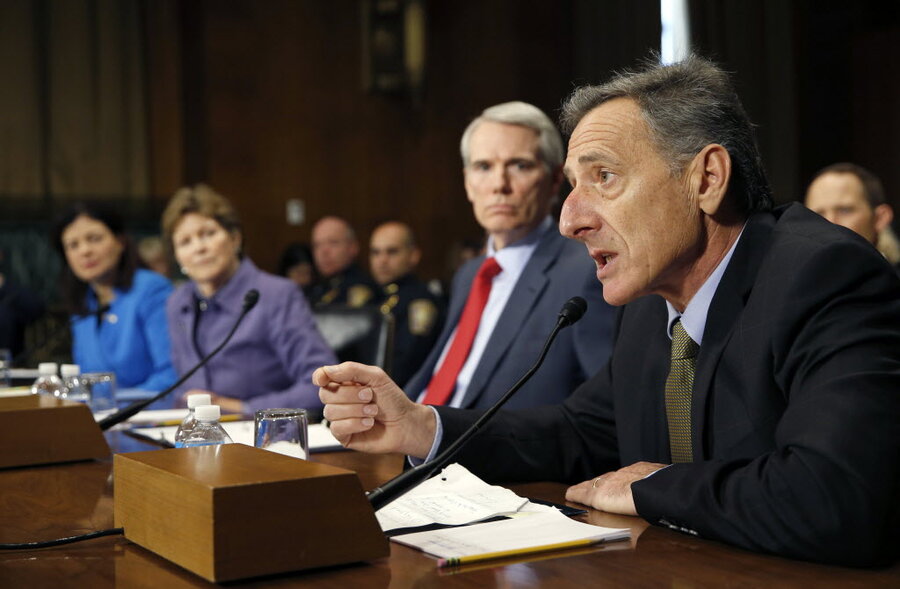Endgame for an opiate epidemic
Loading...
Two years ago, Gov. Peter Shumlin of Vermont shocked many by devoting his entire annual message to what he called “a full-blown ... crisis” in opiate addiction in his small New England state. His campaign to reduce opioid prescriptions and improve treatment for addicts has since caught on. This week, the country’s rising abuse of heroin and other opioids dominated a meeting of the National Governors Association in Washington. The bipartisan group also pestered President Obama and Congress to do more.
States remain on the front lines of dealing with the opioid epidemic, which makes Vermont’s experience especially worth noting. The state has moved from a jail-first model to a “rapid intervention” system that quickly assesses whether an addict needs mental-health services. Since 2014, Vermont has increased the number of drug-treatment centers by more than 65 percent. But more than that, says Mr. Shumlin, the state has lifted the stigma that surrounds seeking treatment for drug addiction. Many police departments now welcome addicts to come forward, not to be arrested but to be offered help.
Or as the governor puts it: “We’ll help you get your life back, you’ll never see a judge, a prosecutor or a criminal record.” He estimates the state has saved about $50 million by not locking up many addicts.
Shumlin often thanks Vermonters for “changing their attitudes about addiction and opioid addiction.” The shift has encouraged so many addicts to come out of the shadows that the state’s treatment centers, despite an increase in number, have long waiting lists. Other states are experiencing the same problem as they move to a treatment-first model. In fact, much of the pitch by the governors in Washington was for more federal funding for drug treatment facilities.
Shumlin says states also need federal help to curb the overprescription of powerful painkillers too often used for nonmedical purposes. “Until America is willing to have an honest conversation about the way we are dealing with pain, our challenges will continue,” he says. At their meeting, the governors developed protocols for each state to use in ensuring safer prescribing of opioids. In the United States, an estimated 74 people a day are fatally overdosing on opioids such as heroin or prescription drugs. The number is greater than deaths from gunshots or motor vehicle crashes.
Vermont’s approach is based on an assumption that addicts can be healed and have a right to good mental health. Like other states, it is still struggling with resources and finding the right strategy. Many communities do not welcome treatment centers. And not enough legal users properly discard their unused pain medication. But the hard work of shifting attitudes has begun.







